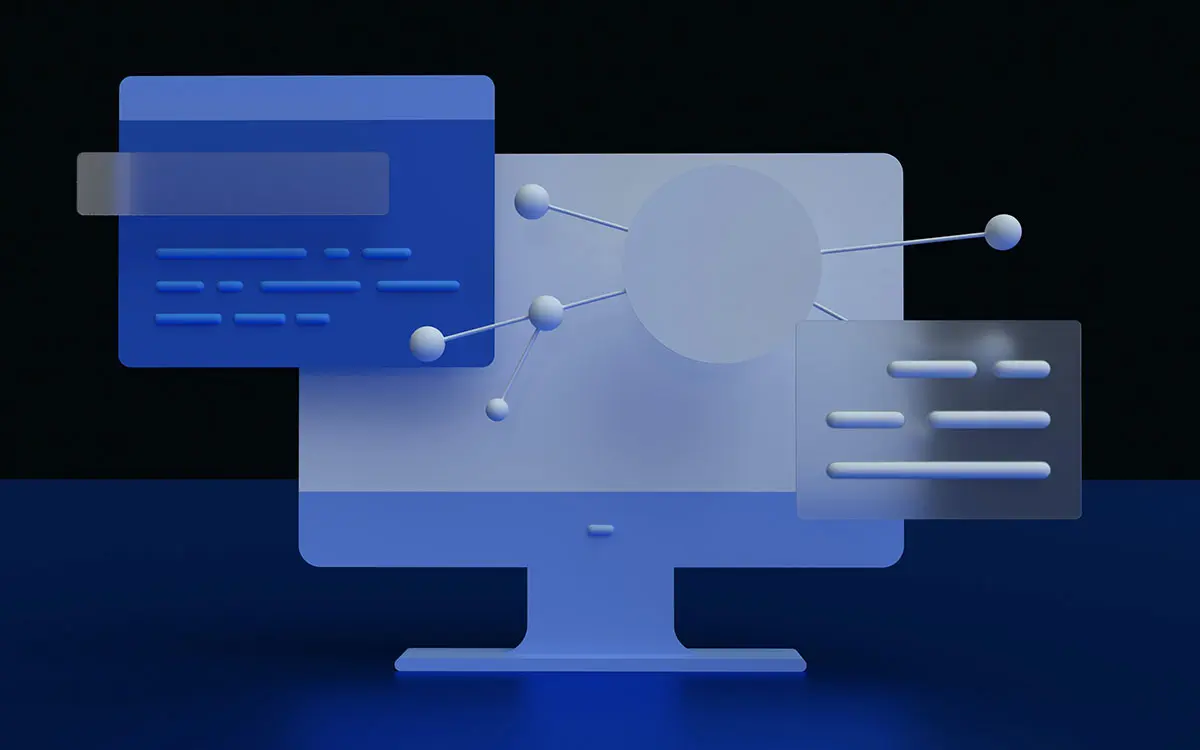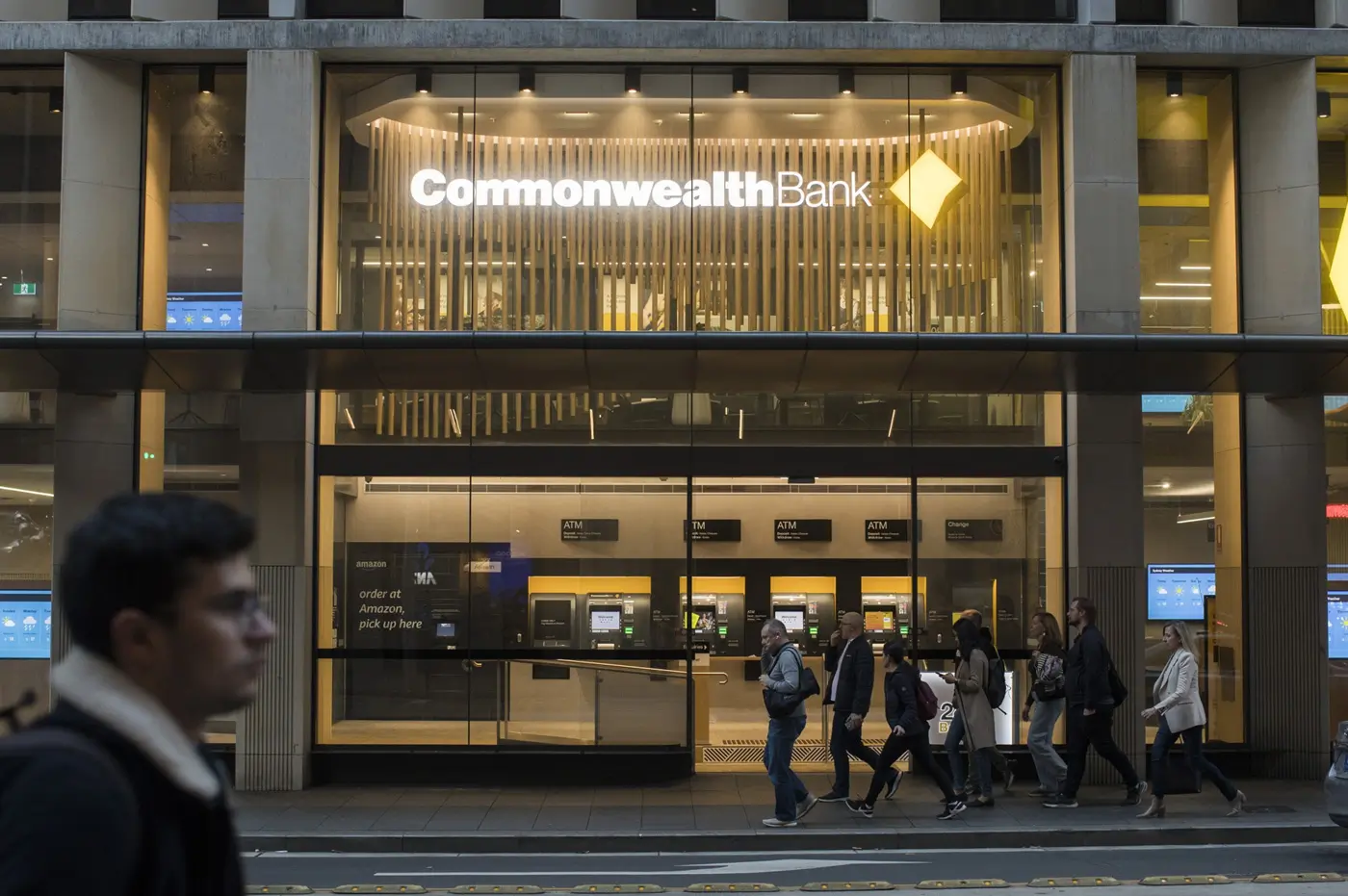Creating a high-converting landing page is essential for any business looking to increase conversions and grow. The design of your landing page plays a pivotal role in the customer’s journey and warrants as much attention as any other page on your site. However, landing page design often takes a back seat, with more emphasis placed on the homepage and other high-traffic areas.
In this article, we’ll outline ten fundamental principles of effective landing page design that will help you maximise conversions and ensure your business thrives.
Simplicity is Key.
A successful landing page design starts with simplicity. Avoid anything that could distract or confuse the user. Focus on a single key message that is clear and easy to understand, use concise text, and minimise clutter.
Logical Structure.
Your landing page design should have a clear content hierarchy, ensuring visitors can easily find what they are looking for and take the desired action. The layout should be logical, with the most essential information placed prominently at the top and call-to-actions clearly visible and easy to locate.
High-Quality Visuals.
Incorporate high-resolution photographs, diagrams, and infographics to add value and improve the user experience. However, remember that your landing page design should be focused and uncluttered, including only the most essential elements that contribute to your message.
Compelling Copy.
The copy on your landing page should be clear, concise, and persuasive. It needs to capture the reader’s attention and convince them to take action. Avoid jargon and technical terms, instead opting for language that is accessible to everyone.
Strong Calls to Action.
The calls to action (CTAs) on your landing page design must be strong and compelling. They should stand out from the rest of the page and clearly indicate what you want the user to do next. Avoid generic phrases like “click here” and use language that addresses the user’s needs or interests.












